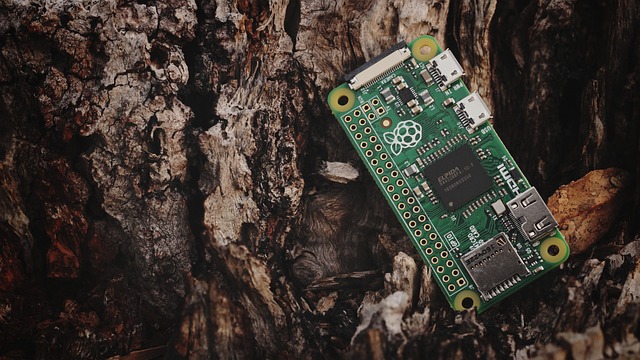It’s easy to assume that a smartphone must surely be too sophisticated a machine to be replicated easily in DIY form.
However, as Hackaday insists, smartphones “are essentially nothing more than small form-factor computers with an extra radio and a few specific pieces of software to run.”
It is definitely possible for you to make your own smartphone from the programmable microcomputer the Raspberry Pi, a few add-ons and some carefully selected software. Here are a few enlightening insights as to why…

A GSM module would enable you to take and receive calls
Obviously, to make a Raspberry Pi-based smartphone, you will need a Raspberry Pi. Keep in mind, though, that the place you buy that from might also offer a GSM module you would be able to attach to the Pi so that the finished phone will be capable of facilitating audio calls.
One example of a company specializing in selling Raspberry Pi-related products — including Pis and, yes, GSM modules compatible with them — is The Pi Hut.
You can use a SIM card with the device
“Some people ask me whether you have to pay for the calls when using the PiPhone,” the Irish programmer David Hunt has told WIRED UK about his well-publicized DIY smartphone. “Unfortunately, yes — you need a SIM card.”
The good news, however, is that it would be easy for you to insert that SIM card into the GSM module once the latter is all set up on your Pi-based handset.
It’s easy to give the phone a pleasingly retro feel
Of course, you could find that this comes naturally if you lack Apple’s design prowess. However, key to the beauty of assembling your own smartphone from scratch is being able to select pieces in line with your specific vision.
For example, if you miss the days when a 3.5-inch screen was considered pretty standard for a smartphone, you could invest in such a display for your custom device. Similarly, there would be the option of using a 3D printer to produce a enclosure that looks ‘old school’ in the right way,
Even online connectivity can be added with ease
These days, it’s pretty unthinkable to have a smartphone that can’t connect to the internet. It’s fortunate, then, that you can make your Pi-based unit online-ready just by plugging in a Wi-Fi module, such as to a USB port on the Pi board.
It’s not hard to imbue a smartphone with cellular connectivity, either. For inspiration, just look at developer Evan Robinson’s OURphone — which, as Liliputing highlights, has a 4G modem.
You can give the phone touch-friendly software
Which of this software should you go for? You have a fair few options here. Though the Linux-based Raspberry Pi OS isn’t a natural fit for use on smartphones, you could customize the operating system to ensure it works more intuitively with a touchscreen.
Alternatively, you could try one of the many Linux distributions — like Mobian, postmarketOS or Ubuntu Touch — where mobile friendliness has been baked directly into the software.